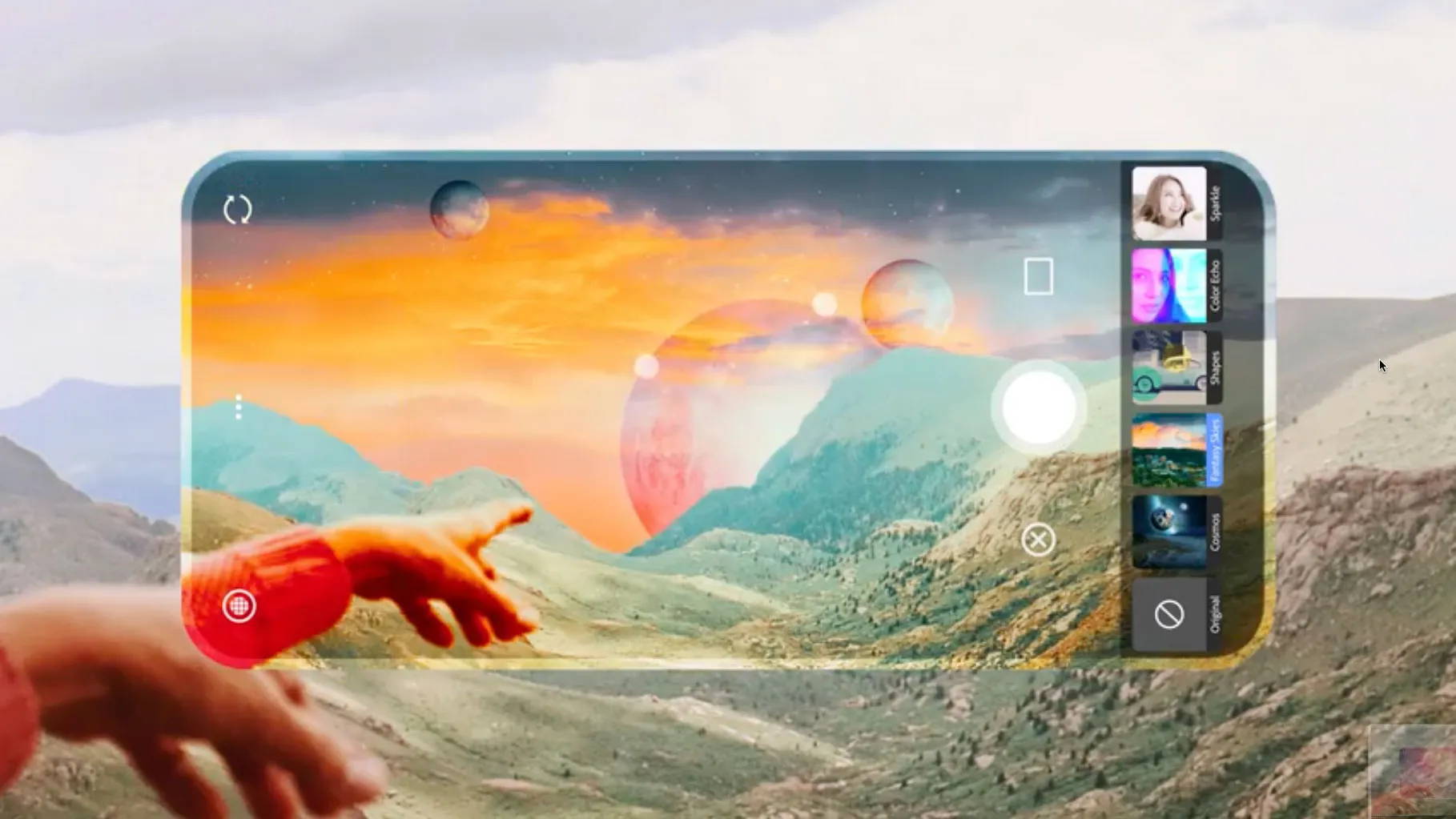In the realm of smartphone photography, 2024 has been a watershed year, highlighted by the dominance of artificial intelligence (AI) in camera technology. As we witnessed the latest releases like the iPhone 16 Pro, Galaxy S24 Ultra, and Pixel 9 Pro, it became evident that AI has not only become an integral part of our image-taking arsenal but also a point of contention for photography purists.
This year, the integration of AI into phone cameras has been profound. Notably, devices from leading manufacturers have showcased rad camera setups capable of delivering images that challenge those captured by professional cameras. However, the core hardware has seen minimal advancement. Instead, AI has taken the spotlight, transforming how we manipulate and enhance photos post-capture.
The Google Pixel 9 Pro, while boasting a superb camera, carries over much of its hardware from the previous year’s model. Its standout feature, the Magic Editor, exemplifies AI’s growing influence, allowing users to alter reality with a few taps—like swapping a gray sky for a sunset. Similarly, the Pixel Studio feature pushes the boundaries of generative AI, offering endless creative possibilities from simple prompts.
Apple and Xiaomi have tread a slightly different path, focusing more on refining the photographic process rather than overhauling camera hardware. The iPhone 16 introduced deeper control over color tones with its new Photographic Styles, while Xiaomi impressed with its large sensor, yet neither marked a true hardware revolution.

The Authenticity Dilemma
Despite these advancements, there’s an underlying resistance among some photographers against this shift towards AI-driven photography. As a professional photographer, I find that nothing compares to the thrill of capturing a moment firsthand, witnessing the interplay of light and shadow without a digital intermediary. The essence of photography lies in its ability to freeze a genuine moment, not just fabricate an aesthetically pleasing scene.
The surge in AI tools has sparked a debate on the future of photography. Platforms like Instagram and Facebook are increasingly flooded with AI-generated images, blurring the line between reality and artificial fabrication. This trend raises concerns that these tools might overshadow the traditional art of photography, where revisiting a scene to capture the perfect light could become a lost craft.

Looking Ahead: The Future of Smartphone Cameras
Despite my reservations about AI, its presence in smartphone photography is poised to grow. Major tech players like Apple, Google, and Samsung are deeply integrating AI into various aspects of mobile technology. However, there remains a significant demand for authentic photography. Devices such as Fujifilm’s X100VI and the resurgence of film photography underscore a continued appreciation for traditional image capture methods.

As we look to 2025, it’s crucial for manufacturers to balance innovation in AI with advancements in camera hardware. While AI can enhance certain aspects of photography, it should not replace the fundamental joy of capturing real, unfiltered moments. The hope is that future devices will honour this legacy by offering technological improvements that enhance the photographer’s ability to capture life as it truly is.
In conclusion, as we navigate the evolving landscape of smartphone cameras, the challenge will be to ensure that these tools enhance rather than overshadow the true essence of photography. The joy derived from capturing a fleeting moment in its purest form is irreplaceable, and it is imperative that we preserve this art form even in an age dominated by digital enhancements.










